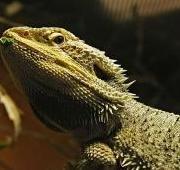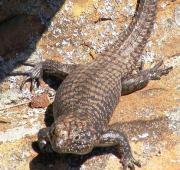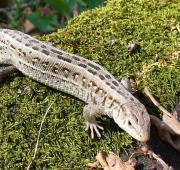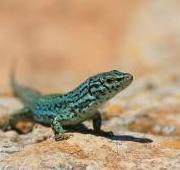 Lizard is a collective name for the different species of lizard that are found in the warmer climates around the world. The lizard is a reptile with scaly skin, and some species of lizard can shed their tails when the are in danger, but not all species of lizard are capable of doing this.
Lizard is a collective name for the different species of lizard that are found in the warmer climates around the world. The lizard is a reptile with scaly skin, and some species of lizard can shed their tails when the are in danger, but not all species of lizard are capable of doing this. There are around 5,000 different species of lizard ranging from small lizards that are just a few centimeters in size, to much larger and more predatory lizards that measure a few meters from the head of the lizard to the tip of their tail.
There are around 5,000 different species of lizard ranging from small lizards that are just a few centimeters in size, to much larger and more predatory lizards that measure a few meters from the head of the lizard to the tip of their tail.


For most species of lizard, sight is crucial both for locating prey and for communication between other lizards. Due to their extremely tuned eyesight, many species of lizard have highly acute color vision. When communicating most lizards rely heavily on body language as lizards use specific postures, gestures and movements to define their territory, resolve any disputes, and entice mates.
Most species of lizard are harmless to humans with the main (and obvious) exception of the komodo dragon, which is the largest species of lizard in the world. Komodo dragons have been known to stalk, attack and kill humans that get in their way, primarily aided by the vast size of the komodo dragon. Some species of lizard have a venomous bite but none of these venomous species of lizard is toxic enough to really harm a human. Generally, if bitten by a venomous lizard, humans will receive a nasty and painful bite, which is normally caused by the strong jaws and bite of the lizard rather than the small amount of venom contained in it.
Lizards lay eggs in which baby lizards have from a few months later. Some species of lizard, such as the slow worm, appears to give birth to live young but this is not technically the case as the female lizard incubates the eggs in her body until they hatch rather than incubating them outside of the body like other species of lizard.

